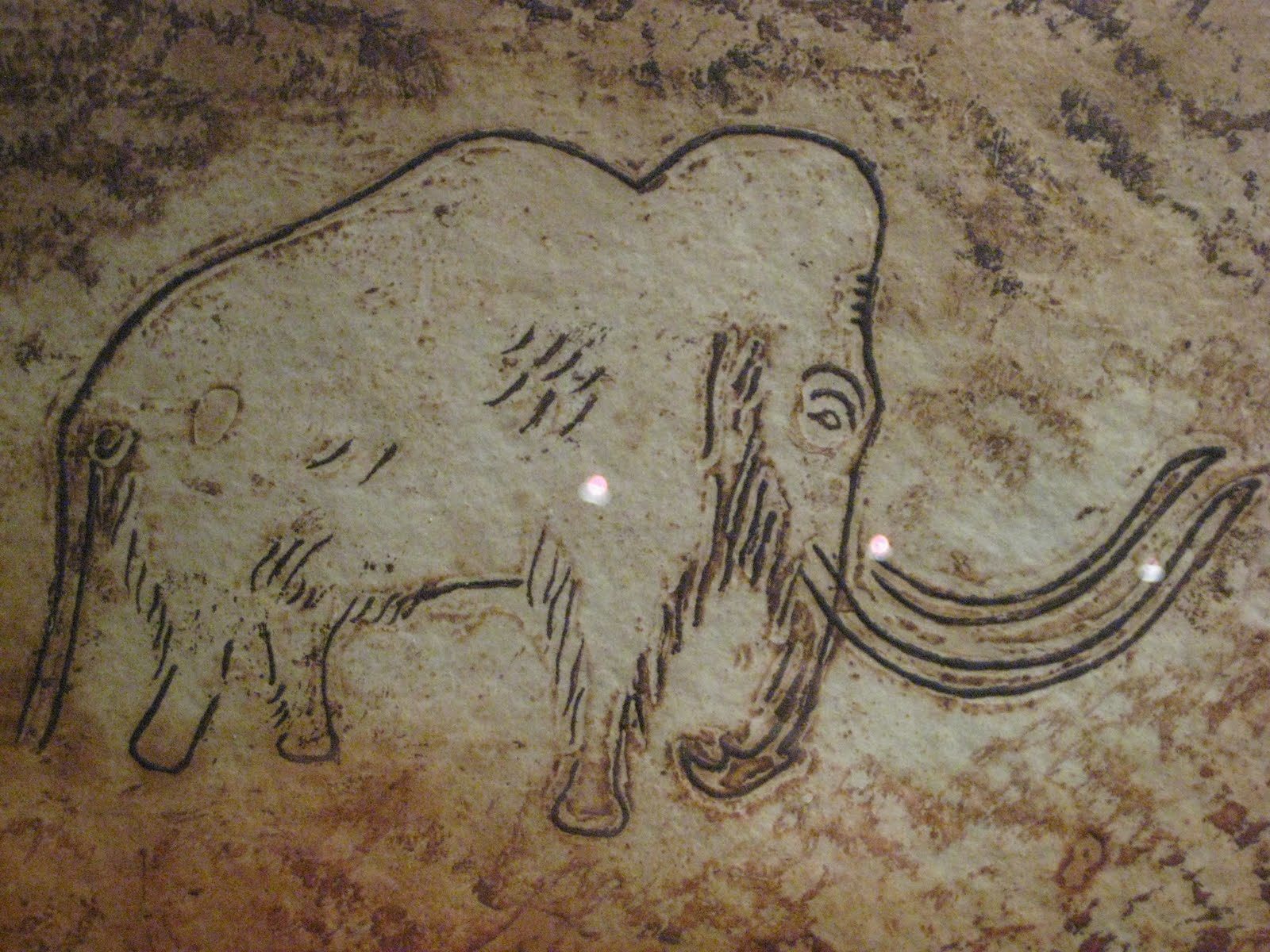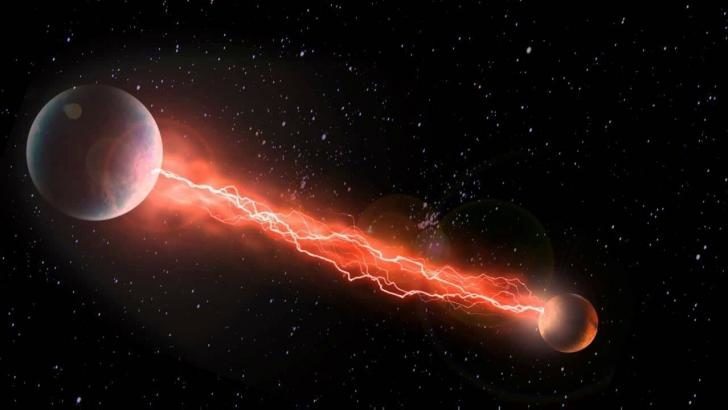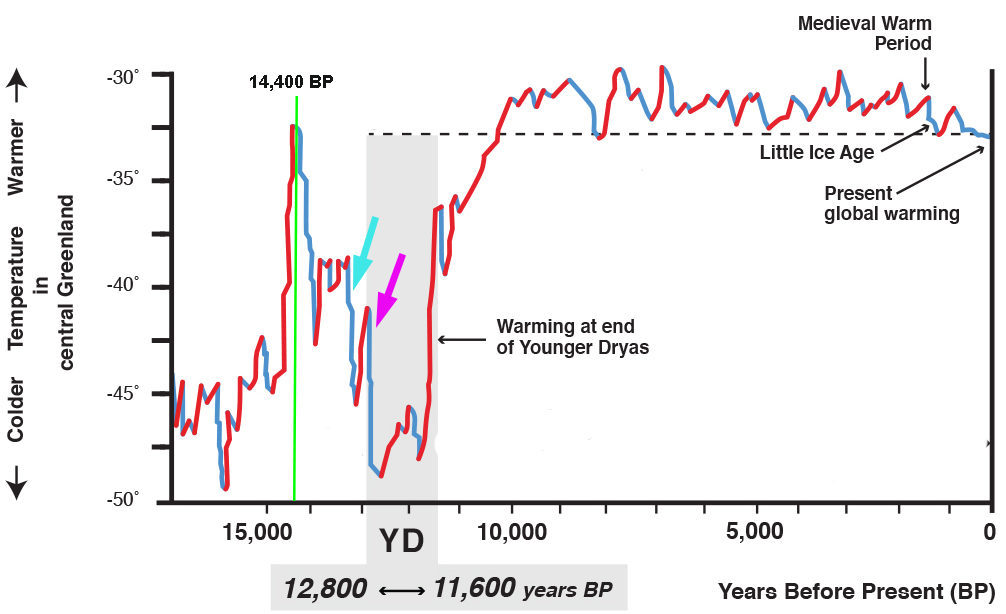[The book has now been published! See this post.]
Six years after Earth Changes and the Human Cosmic connection, I'm glad to announce that I finished writing a second book. The title is:
Cometary Encounters.
Flash Frozen mammoths, Mars-Earth discharge, Comet Venus and the 3,600-year cometary cycle
Here is the introduction that should give you a rough idea of the content (please forgive the broken English, an English still has to proofread the whole book):
Six years after Earth Changes and the Human Cosmic connection, I'm glad to announce that I finished writing a second book. The title is:
Cometary Encounters.
Flash Frozen mammoths, Mars-Earth discharge, Comet Venus and the 3,600-year cometary cycle
Here is the introduction that should give you a rough idea of the content (please forgive the broken English, an English still has to proofread the whole book):
I finalized writing Earth Changes and the Human-Cosmic Connection in 2014[1]. It was my very first book and I believed it was my last one. However, during the research pertaining to this book, in particular the chapters related to cometary impacts and global cooling, a question kept nagging me: How could massive and robust creatures like woolly mammoths become frozen in a matter of minutes?
I began researching this topic in 2015. Initially it was supposed to be just an article to provide some tentative explanations for the peculiar demise of the woolly mammoths. Nothing more.
But, as is often the case, the writing this first article titled Of Flash Frozen Mammoths and Cosmic Catastrophes[2], which constitutes the first part of this book brought more questions than answers. In particular it revealed an oddity: the sudden death of the mammoths happened during a severe cooling episode known as the Younger Dryas. Such a cooling should increase the volume of polar ice and, as a result, reduce sea level. However, during the Younger Dryas, sea levels rose 17 meters over more than a millennium.
What could explain this apparent paradox? That is this central question that led to a second article titled Did Earth 'Steal' Martian Water?[3] which constitutes the second part of this book.
The rabbit hole kept getting deeper. The demise of the mammoth (ca. 12,900 BP) and the Earth Mars interaction (ca. 12,600 BP) were only two of the three major cooling events that led to the Younger Dryas. There was a third sudden cooling ca. 14,400 BP. What could be its cause?
It happens that events similar to the 14,400 BP one seem to have also occurred in 10,800 BP, 7,200 BP and 3,600 BP leading to an hypothesized 3,600 cometary cycle hence the title of the article Volcanoes, Earthquakes And The 3,600 Year Comet Cycle[4] which is the third part of this book.
While writing the second article about Mars close encounter with Earth, I suggested - in line with some of Velikovsky’s theories - that actually Mars was knocked close to Earth by Venus which, at the time, was a cometary body. While I focused on Earth-Mars interaction, a central question was left unanswered: “What happened to Venus after it knocked off Mars?”. The answers to the question were given in an article titled The Seven Destructive Earth Passes of Comet Venus[5] which constitutes the fourth part of the present book.
So, here we are, five years after the first questioning about the demise of the woolly mammoths, addressing information that have little if nothing to do with mammoths any more but which shows the frequency and severity of cometary events and, raises a question, that in a roundabout way, brings us back to the initial topic: “will living creatures in general and humans in particular have the same tragic fate as the woolly mammoths?”
This book is not the mere compilation of four existing articles. It offers enriched footnotes, more than 750 in total, improved illustrations, almost 200 in total, some of them featuring extra details, updated and augmented text including extra chapters –and an extensive bibliography listing more than 300 papers and books. All in all the content has increased by more than 50% but the above only deal with quantitative factors. What really matter are the qualitative ones and they are for you to judge. So, let’s get started!
[1] Written in English and published in May 2014 by Red Pill Press. Translated in French, German and Russian. Available on Amazon: Earth Changes and the Human Cosmic Connection: The Secret History of the World - Book 3: Lescaudron, Pierre, Knight-Jadczyk, Laura: 9781897244975: Amazon.com: Books
[2] Published in 2017 on sott.net.
[3] Published in 2019 on sott.net.
Of Flash Frozen Mammoths and Cosmic Catastrophes
For years I've been fascinated by what could be considered as one of the greatest mysteries of our planet: the demise of the woolly mammoths. Try to imagine the barely imaginable: millions of giant mammoths inexplicably flash-frozen overnight....www.sott.net
[4] Published in 2019 on sott.net.
Did Earth 'Steal' Martian Water?
While finalizing the writing of the article titled "Of Flash Frozen Mammoths and Cosmic Catastrophes", I encountered an unexpected anomaly. The time of the demise of the mammoths is also known as the Younger Dryas, a period of global cooling that...www.sott.net
[5] Published in 2020 on sott.net.
Volcanoes, Earthquakes And The 3,600 Year Comet Cycle
In two previous articles, I proposed explanations for the events that triggered the Younger Dryas. In the article titled Did Earth Steal Martian Waters, I described how, ca.12,500 BP, an electric discharge may have transferred part of the Martian...www.sott.net

The Seven Destructive Earth Passes of Comet Venus
In a previous article titled "Did Earth 'Steal' Martian Water?", I mentioned that a close encounter between Mars and Earth occurred ca. 12,500 BP (10,500 BC). Mars was knocked close to Earth by Venus which, at the time, was a cometary body. The...www.sott.net
Last edited by a moderator:

